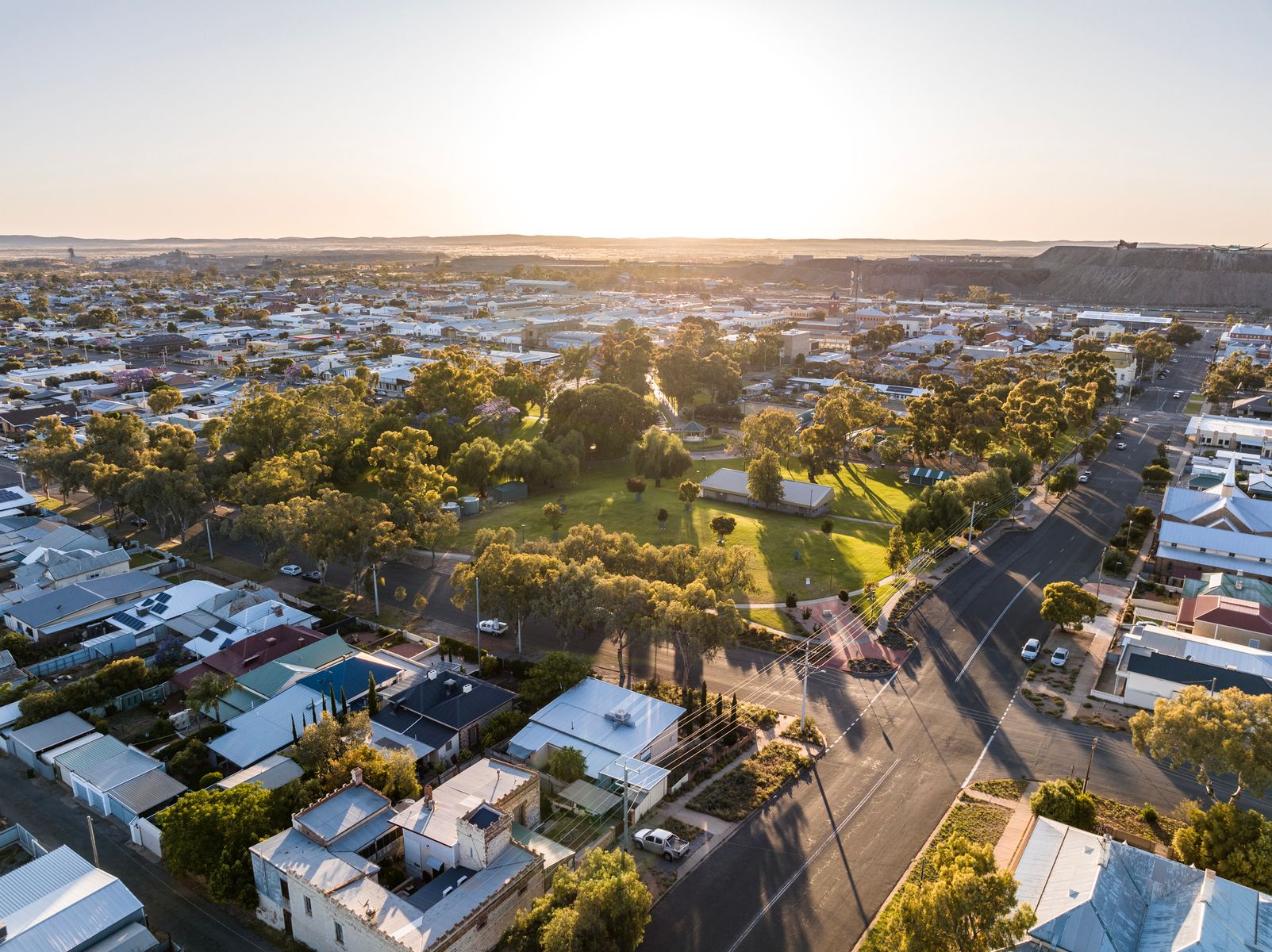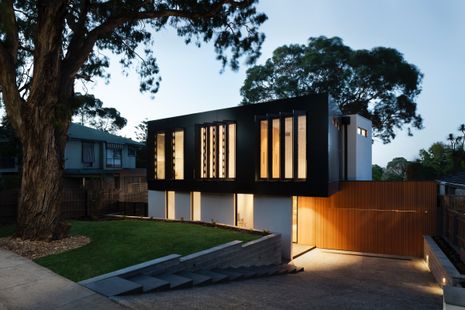|
|
|
|
|
New Price Highs Ahead
Economists are now predicting Australian house prices will reach new heights in November.
National Australia Bank’s, Gareth Spence and Mark Browning predict major capital city prices will continue to rise.
The pair say the biggest influence on prices is that supply remains depressed and demand strong.
And in bad news for would-be home buyers, they say house price growth is staying ahead of income growth.
CoreLogic data, backs the price growth theory, with increases across the capital cities in the September quarter. Australian Bureau of Statistics figures show Australia’s property market is now worth $10.1 trillion following the rise in home values.
That’s a steep increase from 2015, when the residential real estate market was worth $6 trillion and a steady rise since hitting $9 trillion in October 2021.
NAB believes the undersupply of property will get worse before it gets better.
“Apart from the early COVID dip, annual dwelling approvals haven’t been this low since 2013,” it says.
|
|
|
|
|
|
|
|
Funding For More Builders
One of the most effective ways to help ease the housing supply crisis is to attract more workers to the building industry, according to the Housing Industry Association.
It welcomed the announcement of a National Skills Agreement, which will invest $12.6 billion to expand and transform the Vocational Education and Training sector, to address critical skills shortages.
HIA Managing Director, Jocelyn Martin, says if the industry is to build the 1.2 million additional homes the Government wants delivered in the next five years, more trained workers are needed.
She says the funding will help train and upskill workers in national priority areas including construction.
HIA chief economist, Tim Reardon, says there are four key steps to improving Australia’s housing shortage.
He says Governments of all levels need to stop making new homes more expensive through taxes and levies, they need to attract more investors to the sector, increase skilled labour and co-ordinate action across all levels of Government.
|
|
|
|
|
|
|
|
Granny Flats The Solution
Fast-tracking approvals for Granny Flats could go a long way towards improving the housing shortage.
A report from CoreLogic and Archistar Blackfort says if property owners are offered incentives, and the approvals process is sped up, more than 655,000 granny flats could be built throughout Australia.
CoreLogic research director, Tim Lawless, says granny flats could be a cheaper way to deliver housing.
“Granny flat developments leverage existing lot areas and require no changes to town planning regulation, so they offer a level of immediacy to address housing shortages and affordability pressures,” he says.
“This style of accommodation can be prefabricated and put on site quickly, so it doesn’t have to go through the same timeline as a typical building project.”
The report identifies 242,000 properties suitable for granny flats in Sydney, 230,000 in Melbourne and 185,000 in Brisbane.
Benjamin Coorey of Archistar says in Canada, homeowners are offered a $40,000 loan that would be forgiven after five years if they build a “secondary suite”.
|
|
|
|
|
|
|
|
Vacancy Rates Continue To Fall
The national residential vacancy rate is continuing to fall, dropping to 1.1% in September, according to SQM Research.
The total number of rental vacancies Australia-wide dropped by 2765 dwellings to 32,660 vacancies, during the month.
SQM Research managing director, Louis Christopher says vacancies dropped in most capital cities, with Sydney now 1.3%, Melbourne, 1.2% and Canberra, 1.8%.
Most regional areas experienced drops in vacancies as well with the North Coast NSW now 1.4% and the Gold Coast 1.1%.
Christopher says 77.6% of all postcodes recorded a fall in rental vacancy rates over September.
As vacancy rates dropped, dwelling asking rents went up nationally by 1.3%, making the increase for the past 12 months 16.2%
House rents are up 15.6% on the same time last year, while unit rents are up 16.1% during the same period.
The national median weekly asking rent for a capital city house is now $792 a week while a capital city unit is $590 a week.
|
|
|
|
|
|
|
|
Loan Discounts Disappear
Cashback offers, significantly reduced interest rates and many of the other incentives banks were offering to snare a slice of the refinancing market have now disappeared.
According to Reserve Bank of Australia data, lenders in August were offering an average variable home loan rate for new borrowers of 5.99%, only 0.2 percentage points less than the average 6.2% existing borrowers are paying.
AMP chief economist Shane Oliver says pressure from shareholders to deliver higher returns, meant the major banks had now put a stop to the incentives.
He says while banks did boost their lending books, the reduced rates had affected their bottom lines.
Investment loan discounting has also slowed with new investment loans in August being offered at an average of 6.28%, which is 0.2 percentage points lower than the average rate for existing customers.
Analysis by Coolabah Capital shows during the bank “mortgage wars”, new variable borrowers were getting up to 50 basis points off their mortgages.
|
|
|
|
|
|
|
|
|
| Quote Of The Week
“Granny flat developments leverage existing lot areas and require no changes to town planning regulation, so they offer a level of immediacy to address housing shortages and affordability pressures.”
CoreLogic research director, Tim Lawless
|
|
|
|
|
|
|
|
|
|










